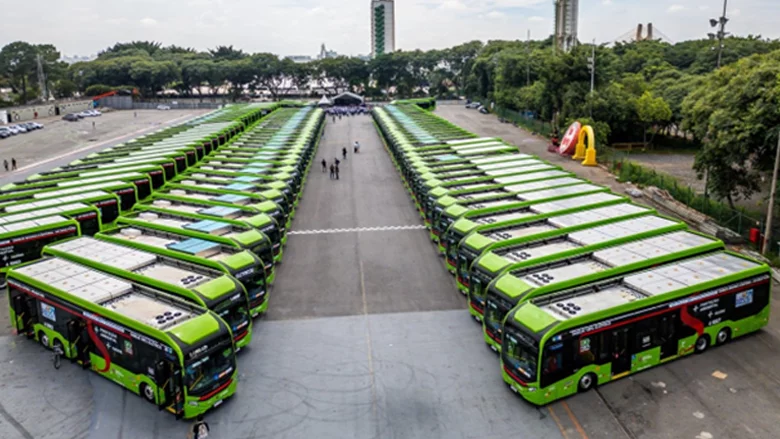Growing cashless services in the Sydney metropolitan region are motivated by the clear supply-side benefits associated with the prepayment of public transport fares. This paper examines the effect on prepay following the ‘MyZone’ fare and ticket reform in New South Wales introduced in April 2010. ‘MyZone’, introduced two new discounted and standardised prepay products, including a new, multimode ticket. Whilst these changes had implications for all public transport providers in the Sydney Metropolitan area, it had significant ramifications for the many private bus operators who, for the first time, could provide and accept tickets, which integrated their services with the state-run rail, ferry and bus network.
With empirical data collected from two surveys of passengers of a private bus operator in northern Sydney this study analyses the ticket purchasing behaviour of passengers both before the fare reform, when passengers only had access to operator-specific prepay products, and post-MyZone, when the new standardised prepay products were available. The results clearly show there are significant differences in the characteristics of passengers using multi-modal versus pay-as-you-go tickets and that this difference is driven largely by age, income and whether or not the journey involved interchange. Prior to MyZone, prepay users were easily predicted and the fare and ticket reform was successful in transitioning some cash users to prepay but prepay users were no longer predictable unless separated into prepay product groups. This suggests that a policy designed to exploit the supply-side benefits associated with cashless services needs to consider that introducing only one prepay product will not address the market need of frequent users. Passengers who continued to pay cash after the fare and ticket reform showed high sensitivity to public transport cost and are those passengers with the lowest incomes. This raises policy questions of how to mitigate against the upfront costs often associated with prepay to transition less affluent, but frequent passengers, onto cashless ticketing.











